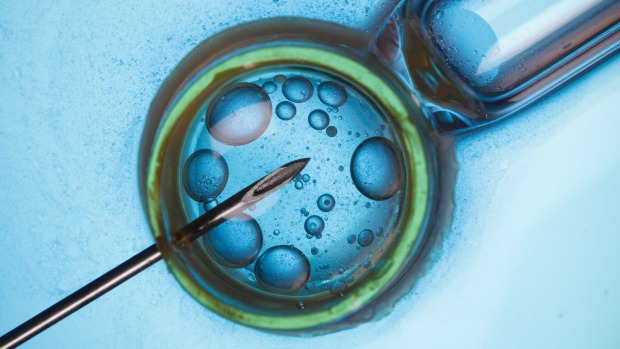What should happen to a couple’s embryos after they split up?
 Stuff co.nz 15 April 2016
Stuff co.nz 15 April 2016
Family First Comment: Facing the reality of the problems with IVF…
“In a split decision, five of the seven (UK) Judges ruled in (the father’s) favour and ordered that the embryos be destroyed. They expressed great sympathy for (the mother) but concluded that the couple had only consented to IVF treatment together as a couple on the relevant forms they signed – nothing more – and since they had separated (the mother) could not use the embryos. The Judges also concluded that neither men nor women should be forced into parenthood and in the reverse situation where a male ex-partner wanted to use embryos, they would have reached the same conclusion.”
Each year, an increasing number of New Zealand couples are undergoing IVF treatment in the hope of becoming parents.
For some, it goes well, but others aren’t so lucky. It can be a stressful and lengthy process lasting several months, or even years, that ultimately isn’t successful. Some couples may spilt up and put a halt to treatment before a child is conceived.
The kicker is, these separated couples may have unused frozen embryos in storage. Depending on the woman’s age or any existing fertility issues, these may provide her with her last chance of having her own genetic children.
So what happens if she wants to use them but her ex-partner doesn’t?
Dr John Peek of Fertility Associates says this is an emerging issue in New Zealand as a number of clients have split and then found themselves in a legal grey zone. As a result, the New Zealand Advisory Committee on Assisted Reproductive Technology is currently preparing advice on appropriate law changes for the Minister of Health in order to provide some clarity.
The Committee often looks at legal developments in other countries before providing advice on complex issues such as this, and may start with the UK.
Separated couple Natallie Evans and Howard Johnston couldn’t agree on what to do with their embryos post split and became embroiled in the most high profile case to date. Their lengthy legal battle lasting five years began in the British legal system and after four appeals was ultimately settled in the European Court of Human Rights.
Evans, who had major fertility issues as a result of undergoing treatment for ovarian cancer, argued that because the embryos provided her with her last chance of having her own genetic children she should be able to use them.
In other words, her right to become a mother should trump her ex-partner’s right not to be forced into becoming a father.
In response, Johnston argued that he only consented to the use of the embryos while he was in a relationship with Evans and since they had separated, she should not be able to use them.
To complicate matters, several years had passed by the time of the final appeal and Johnston was in a new relationship with a different woman.
In a split decision, five of the seven Judges ruled in Johnston’s favour and ordered that the embryos be destroyed. They expressed great sympathy for Evans but concluded that the couple had only consented to IVF treatment together as a couple on the relevant forms they signed – nothing more – and since they had separated Evans could not use the embryos.
The Judges also concluded that neither men nor women should be forced into parenthood and in the reverse situation where a male ex-partner wanted to use embryos, they would have reached the same conclusion.
This landmark case set a precedent in the UK and most of Europe. In other countries, such as the United States, it remains a contested issue. Courts in some states have followed the UK approach but others have allowed the women involved to use the contested embryos.
READ MORE: http://www.stuff.co.nz/life-style/parenting/pregnancy/conception/78829473/what-should-happen-to-a-couples-embryos-after-they-splitup






